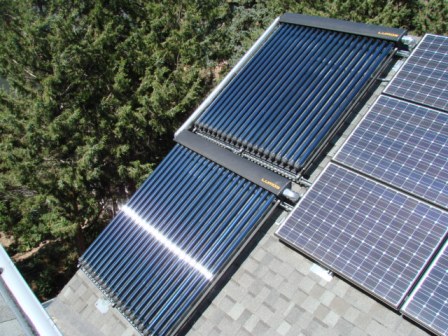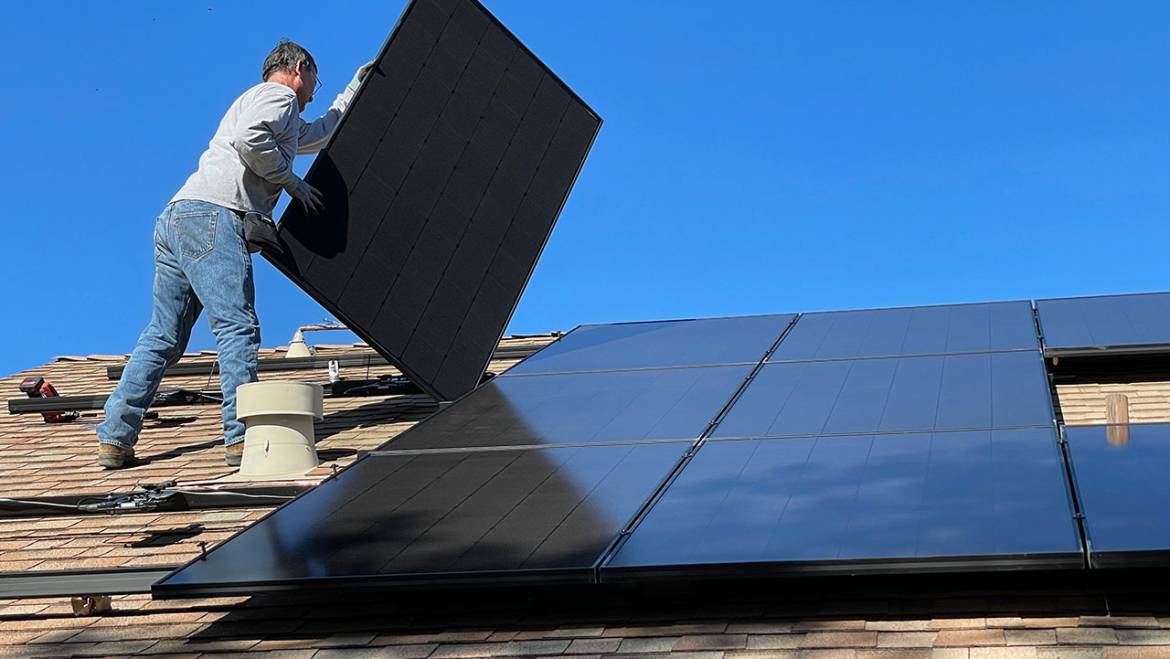Green Building Inspections
What is Green Building?
Green building is a general term describing the features of a home that relate to:
- energy efficiency;
- the use of sustainable materials and/or practices; and
- the features of a home that promote human and environmental health.
ENERGY EFFICIENCY
A typical home inspection is not designed to provide information about the efficiency with which a home uses energy. Home energy use is related to the materials and methods used in building the home, its design, and the efficiency of the appliances installed.
During the course of a typical inspection, an inspector might find a condition which could lead to excessive energy consumption, such as an AC that is short-cycling. A home inspector should mention short-cycling because it indicates a need for service of a major home appliance. Excessive energy consumption would be a secondary consideration.
The inspectors would not usually comment on what passive or active solar energy systems are installed in a home, or evaluate the effectiveness of the home’s design in saving energy. Home inspectors don’t usually look at home energy bills for the past year, or measure the energy consumption of major appliances, or perform blower-door testing to determine the extent of air leakage through the building envelope.
These actions are usually included in an energy audit, not a home inspection. An energy auditor uses different tools and has a different set of skills than a home inspector.


Sustainable Materials and Practices
Sustainable building practices and materials are those that encourage environmental responsibility and resource efficiency throughout the life cycle of a building.
Sustainable materials are generally low-energy materials. “Low-energy” means that producing the material and delivering it to the job site took less energy than conventional building materials.
For example, aluminum, by contrast, is high-energy material requiring extensive energy to mine, refine, combine, and otherwise turn into building products and deliver them to a job site. An example of low-energy building material, on the other hand, is the soil found on the job site that is used to build a rammed-earth home.
Another sustainable material is the wood from fast-growing trees where forests harvested for construction materials are replenished at a rate equal to or greater than the harvest rate.
An example of a sustainable practice would be the use of water-conserving devices in a home, such as low-volume flush toilets and water-conserving showerheads.
Although home inspection training typically does not address these practices and materials, it is possible for an inspector to identify the fact that they exist in a home.
Human and Environmental Health
Certain features of homes are kinder to human health than others. Carpet may be comfortable to walk on, but it also catches and holds dust, dirt and other particulates, including allergens.
Concrete driveways and walks help keep dirt out of the home, but they prevent precipitation from soaking into the ground and recharging aquifers.
What’s an Inspector to Do?
Inspectors can identify and confirm green features in a home. If a seller claims that the home has a photovoltaic system installed, and that the kitchen cabinets are made from low VOC (volatile organic compounds)-emitting materials, inspectors can confirm that. Photovoltaic systems are easy to recognize, but what about claims of low VOC-emitting materials? For claims that can’t be visually confirmed, sellers must produce documentation proving their claims.

